100th Anniversary Great Nave Tour at the Cathedral of St. John the Divine
Celebrate the 1925 construction of the stunning nave inside the world's largest Gothic cathedral!


This Sunday, the TCS New York City Marathon will once again feature over 40,000 runners, along with a countless number of Gatorade cups, filling the 26.2-mile route across all of the city's boroughs. The marathon is the largest in the country, with thousands of spectators along the marathon route, and millions of people watching at home. The event is one of the biggest in NYC, with a storied history. However, the historical relationship between New York City and marathons has its origins long before the current incarnation started in 1970. Beginning in the early 1900s, marathons have been events that have captured the attention of New Yorkers. For a look back, we present a timeline of the major marathons held in New York City before the birth of the current NYC Marathon
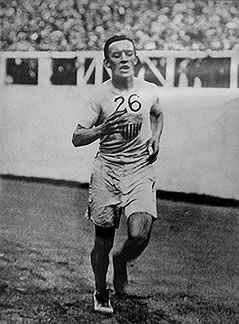
The first marathon to take place in the New York City area happened in November 1907 and was won by a Bloomingdale’s employee named John J. Hayes, also known as “Johnny.” The 25-mile “marathon” took place in Yonkers, with Hayes training on the roof of the store he worked for, on a path made for him by the company. One year later, in London, Hayes won Olympic gold and set the world record. He was the first and only Olympic gold medalist to enter into the marathon until 1972.
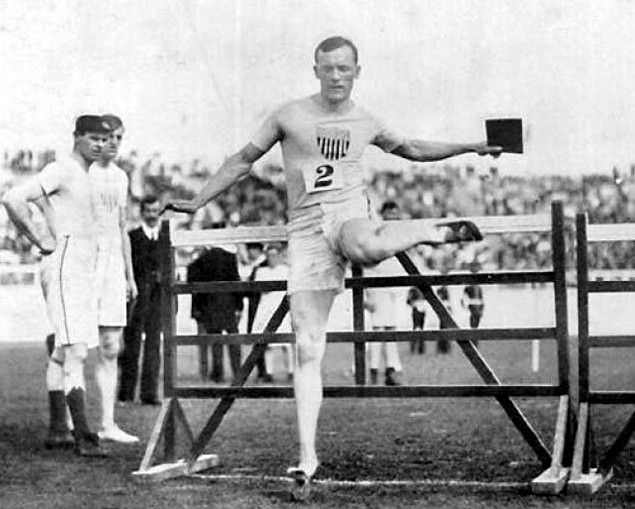
The first marathon to take place on the streets of New York City was sponsored by the New York Evening Journal. The publication, which ran from 1897 to 1909, took advantage of the marathon craze that swept America after the dramatic 1908 Olympics. The race took place the day after Christmas in 1908, with the route stretching from Rye, through the Bronx, across the Harlem River via the Macomb’s Dam Bridge, through Central Park (which is the finish line in the current NYC Marathon), and ending, finally, on Columbus Circle.
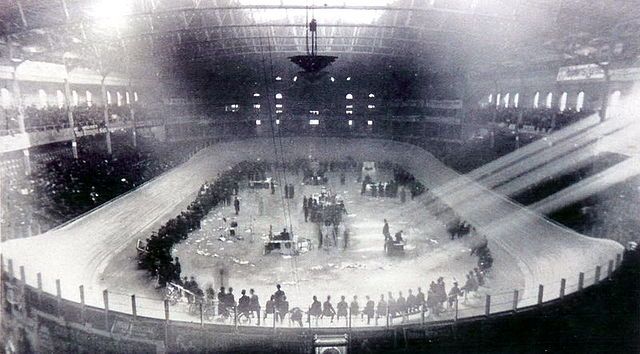
Marathons also took place along the second incarnation of sporting arena Madison Square Garden, this one designed by architect Stanford White, who had an apartment inside the tower. These marathons were viewed as Olympic re-matches as the contestants of these marathons included the likes of Johnny Hayes, his rival Dornado Pietri (who collapsed in Olympic Stadium in 1908 giving Hayes a clear victory) and other notable Olympic athletes like Native-American runner Tom Longboat.
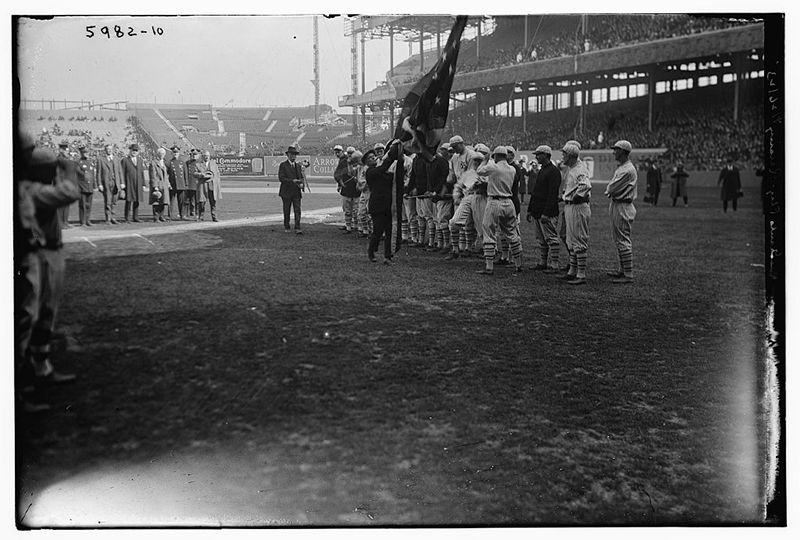
25,000 people came to the Polo Grounds on May 1909 not to watch The New York Baseball Giants, but to watch the best runners in the world compete in what was called a “Marathon Derby.” Participants included the Olympic champion Hayes, his Italian rival Dornado (who collapsed midway during the race), the Canadian Native-American Longboat and Matthew Maloney, winner of the Evening Journal marathon. However, even with all four as heavy favorites, they lost to a man the papers called “The Flying Frenchman.” Henri St. Yves, a French waiter walked (more like ran) away from the Polo Grounds an extra $10,000 richer. The event was a major event, with people waiting in Times Square for news of the race and bookies taking bets on the racers. St. Yves would also win the famous waiter race in France, fittingly.
It should be noted that the only American among the 13 who competed that day was a man named Crook. The American came close to catching the French waiter but was unable to surpass him and in a goof, ran an extra lap because he did not know the race was over.
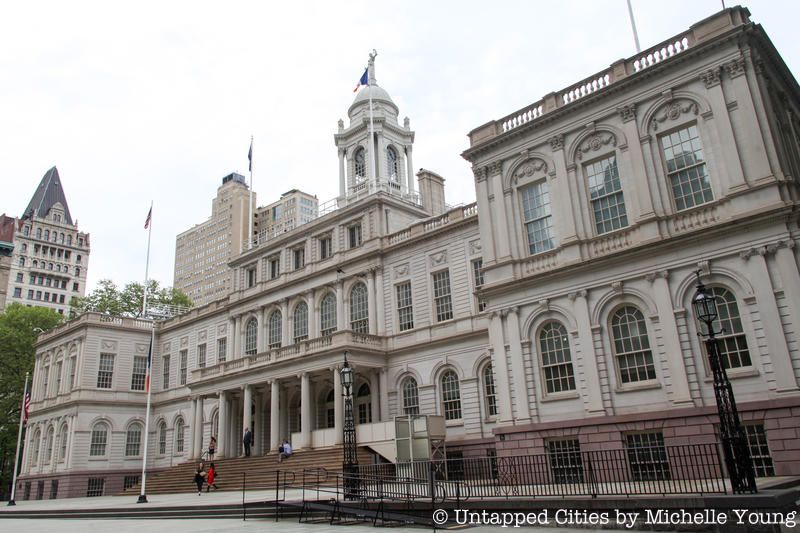
In the 1910s, marathons started growing, with more and more people participating in them. In 1911, “modified marathons” began taking place around NYC. One of the first took place in May 1911, with a 12-mile marathon starting from Fordham Road in the Bronx to City Hall. The very next year, the number of runners grew up to 1,300 runners all journeying from the Upper Bronx to City Hall.
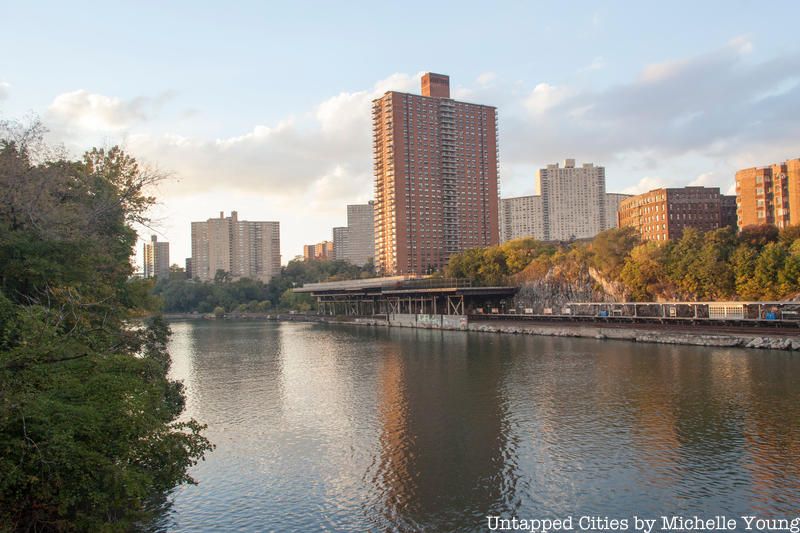
These “modified marathons” began to stretch longer and longer. A 15-mile marathon in Coney Island, a few months later a 16-mile race from Worth Street to W. 225th Street (Marble Hill, as a separate neighborhood from Manhattan, did not exist just yet as the section of the city was not yet cut off by the Harlem Ship Canal).
While NYC had many marathons throughout the early years of the 1900s, it was not until the Port Chester Marathon that NYC had a major, yearly marathon. The marathon began in 1925 and would continue to be the major running event in the NYC area until 1941. The participants of this marathon would always begin at Columbus Circle. The runners would run up through Manhattan, across the Bronx into Westchester County. The marathon, which originally matched the route taken in the first NYC marathon sponsored by the Evening Journal, reversed the route so instead of finishing in NYC, it would start there. The route was extended to Port Chester to match the marathons held in Europe.
In 1925, Albert Michensen set the world record by running the marathon in just under two-and-a-half hours; he would hold onto that record for a decade. In 1933 one of the runners was actually struck by a car and still somehow managed not only to continue and finish the race.
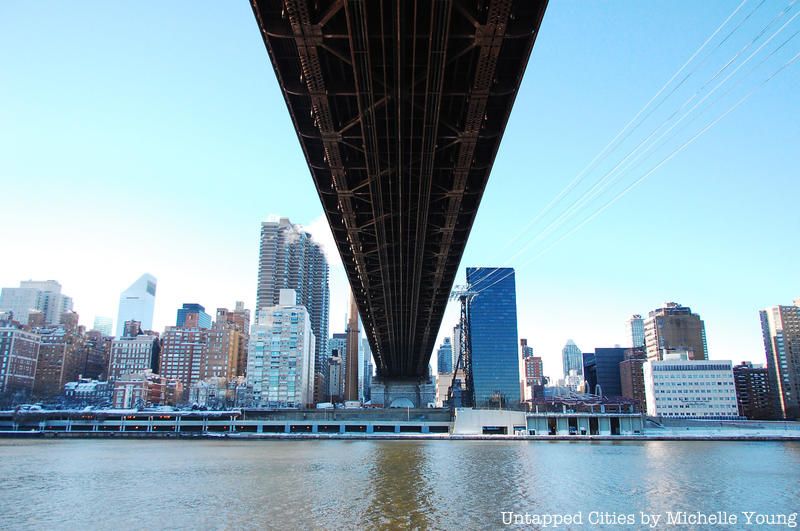
One of the other major marathons in NYC was the Long Beach Marathon. The marathon began at the front of the New York Athletic Club on Central Park South. From there, runners would journey to the Queensboro Bridge, onto Jamaica, Queens, and further still to Long Beach in Nassau County. It was during the Long Beach Marathon that world record holder Albert Michensen (who reportedly cut corners) would lose to Quanowahu thanks to a LIRR train that delayed Michensen for 14 seconds.
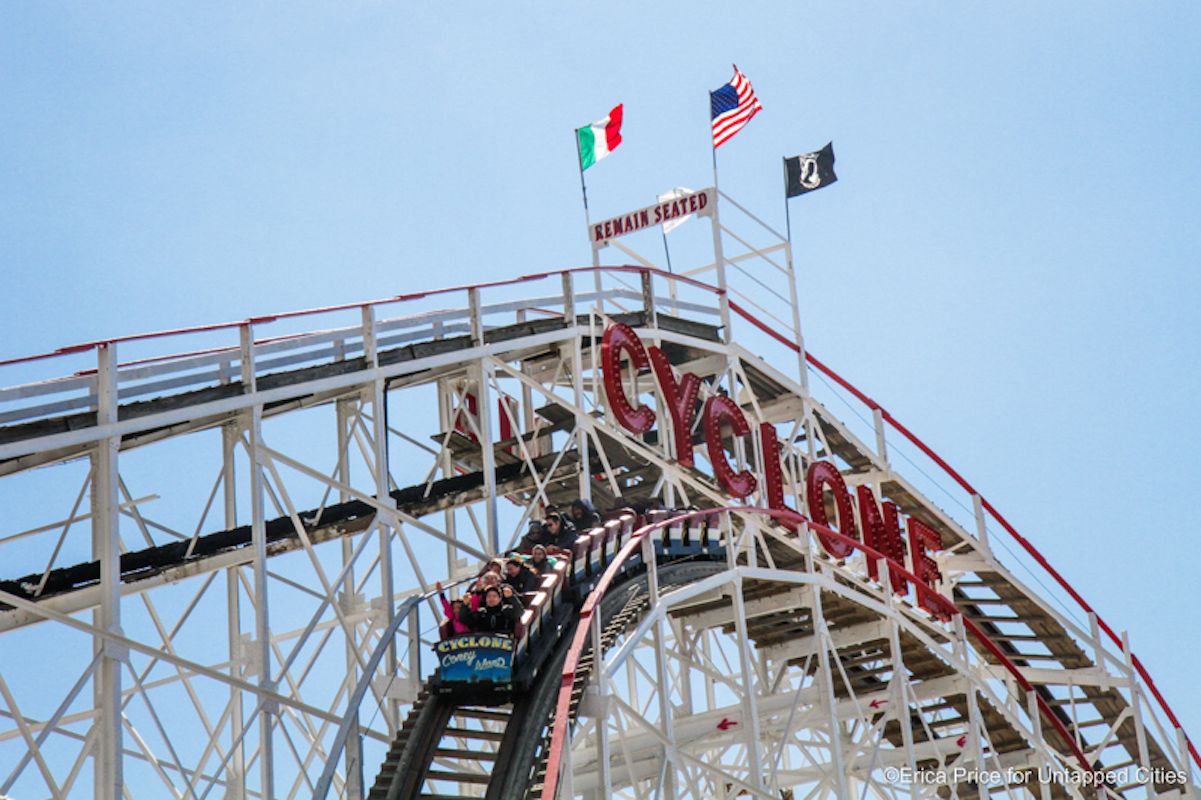
While the Port Chester Marathon was seen as the main marathon in NYC, that did not stop other smaller marathons from happening. The Italian newspaper Il Progresso sponsored a marathon from Elm Street in Manhattan to Brooklyn’s Coney Island. This marathon is noteworthy due to the amount of injuries suffered by the runners in this marathon. Street closures did not happen to much in those days and runners were hit by oncoming traffic.
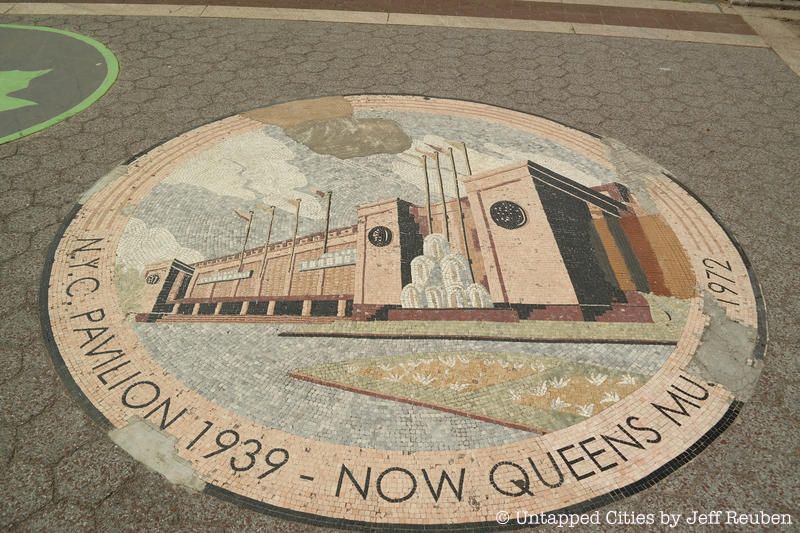
In celebration of the uniting of the boroughs, the “Queens Committee for the Commemoration of the Golden Anniversary of the City of New York” (try saying that five times fast), along with the Jefferson Democratic Club sponsored a marathon that ran through Idlewild airport (now known as JFK) to the home of the 1939 World’s Fair in Flushing Meadows, Queens.
The direct precursor to what we know now as the NYC Marathon took place in only one borough, the Bronx. It took place annually in February, which some years had runners running in horrible, blizzard-like conditions. The Cherry Tree Marathon was named after George Washington, with the marathon held in February to celebrate his birthday. The marathon was started by what is now known as the New York Road Runners in 1958. The NYRR started as a 40-member group, whose membership currently is in the tens of thousands.
The route for the Cherry Tree Marathon began in Macombs Dam Park near Yankee Stadium. The runners would go up through Sedgwick Avenue and back down again, looping three times and finishing where they started at Macombs Dam Park. The marathon was held from 1959 to 1970, the first year of the modern NYC Marathon.
Subscribe to our newsletter